As per the circuit diagram below, I'm trying to use a phototransistor with a digital potentiometer so that the sensitivity can be adjusted. PH_TR connects to an analog pin on a SAMD21 chip.
Is there any reason why this won't work. I'm not entirely sure how the digital potentiometer works. Will having W connected to GND as well as the low part of the resistor cause any problems?
What I'm trying to achieve is a resistance that can be adjusted between 0\$\Omega\$ and 10k\$\Omega\$.
TPL0401 Datasheet (digital potentiometer)
